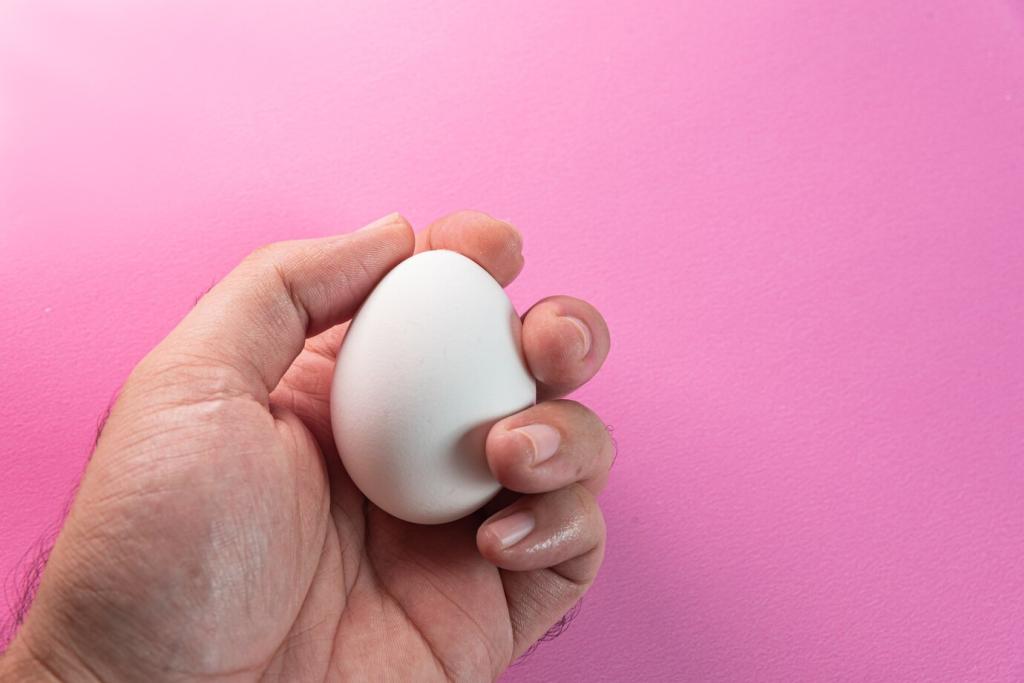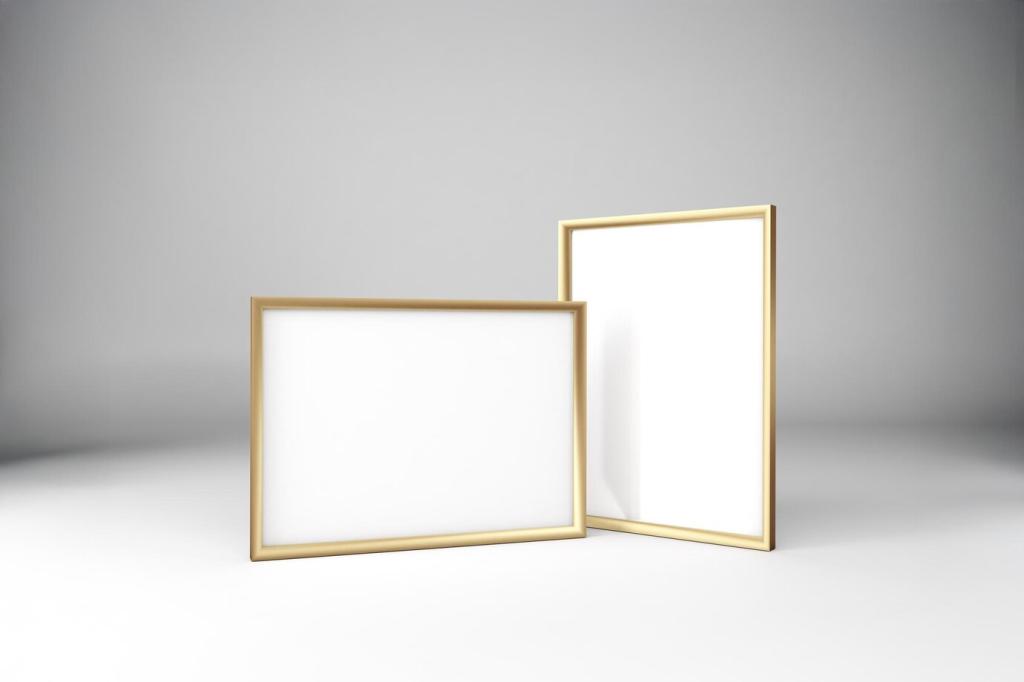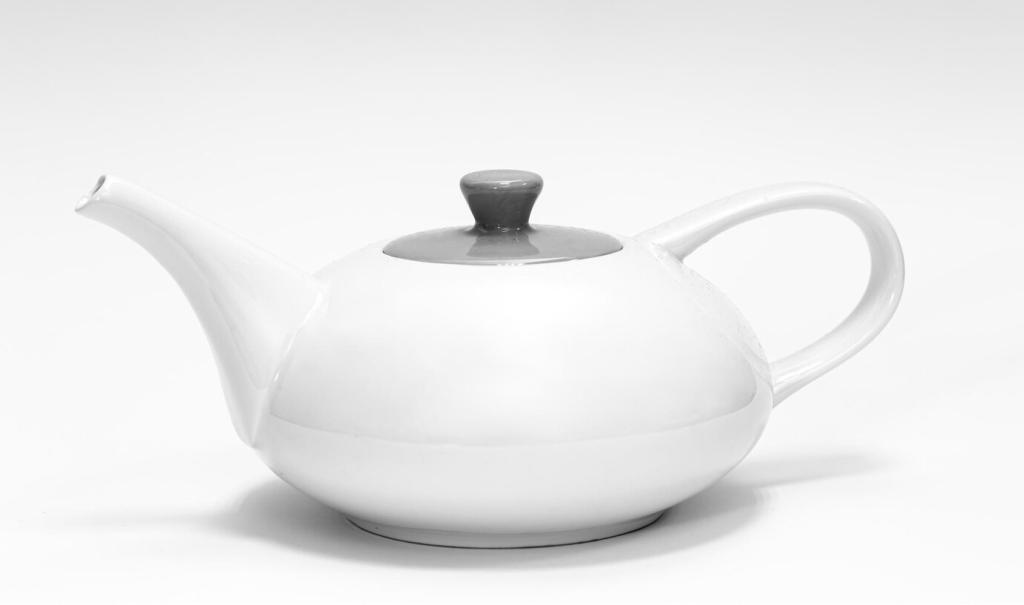
Understanding the Principles of Modern Minimalist Art
Chosen theme: Understanding the Principles of Modern Minimalist Art. Step into a calm, considered world where fewer elements invite deeper attention. Together, we will unpack ideas, history, and ways to look, so you can feel more confident engaging with minimalist works. Share your impressions, ask questions, and subscribe for quiet, thoughtful inspiration.
Where Minimalism Began and Why It Matters
01
From “Less Is More” to Gallery Walls
The phrase “less is more,” popularized by architect Ludwig Mies van der Rohe, migrated into art conversations during the 1960s. In New York’s galleries, pared-down compositions challenged expectations, asking audiences to slow down and experience presence, scale, and subtle workmanship.
02
Artists Who Set the Tone
Names like Donald Judd, Agnes Martin, Frank Stella, and Sol LeWitt shaped the movement’s language: repetition, grids, modules, and material honesty. Their works still whisper to us today, inviting careful attention. Which artist intrigues you most? Tell us below and join the discussion.
03
Philosophy in Plain Sight
Minimalist art removes the unnecessary so essentials can breathe. Viewers complete the artwork through their perception of light, distance, and time. This partnership between object and observer creates a quiet dialogue that rewards patience. Subscribe to continue learning how to participate in that dialogue.


Core Principles: Reduction, Clarity, and Space
Reduction does not mean emptiness; it means intention. By stripping away decorative elements, an artist concentrates energy into proportion, scale, and placement. This focus can heighten emotion, like a quiet room that amplifies a single note. Share a work where less felt like more for you.
Core Principles: Reduction, Clarity, and Space
Minimalists often let materials speak plainly. Steel is steel, canvas is canvas, wood is wood. Joints, welds, and brushlines are not concealed. This transparency creates trust and invites curiosity about making. Interested in process stories? Subscribe for behind-the-scenes notes on materials and methods.


Sculpture and the Gravity of Things
Modular cubes, planes, and beams foreground balance and weight. Walking around them reveals new alignments and relationships to space. Try circling slowly, pausing at each corner. Share what changed when you altered your viewing path—did the work feel heavier, lighter, or calmer?

Painting, Grids, and Line
From Agnes Martin’s delicate lines to hard-edge fields, minimalist painting values restraint and consistency. Grids offer steady rhythm while slight deviations create life. Look closely for hand, breath, and tremor. Subscribe to receive short exercises that train your eye to sense subtle variations.
Curating Minimalism at Home

Choose fewer pieces and give each generous room. Remove competing decor that distracts from line and surface. A simple shelf or uncluttered wall amplifies presence. Post a photo of a corner you edited today and tell us how the mood shifted after simplifying.
Make Your Own Minimalist Study
Choose a single shape—a rectangle, circle, or line—and explore variations in size, spacing, and orientation across six panels. Notice how a tiny shift changes the mood. Post your results, and tell us which panel feels most balanced and why.

